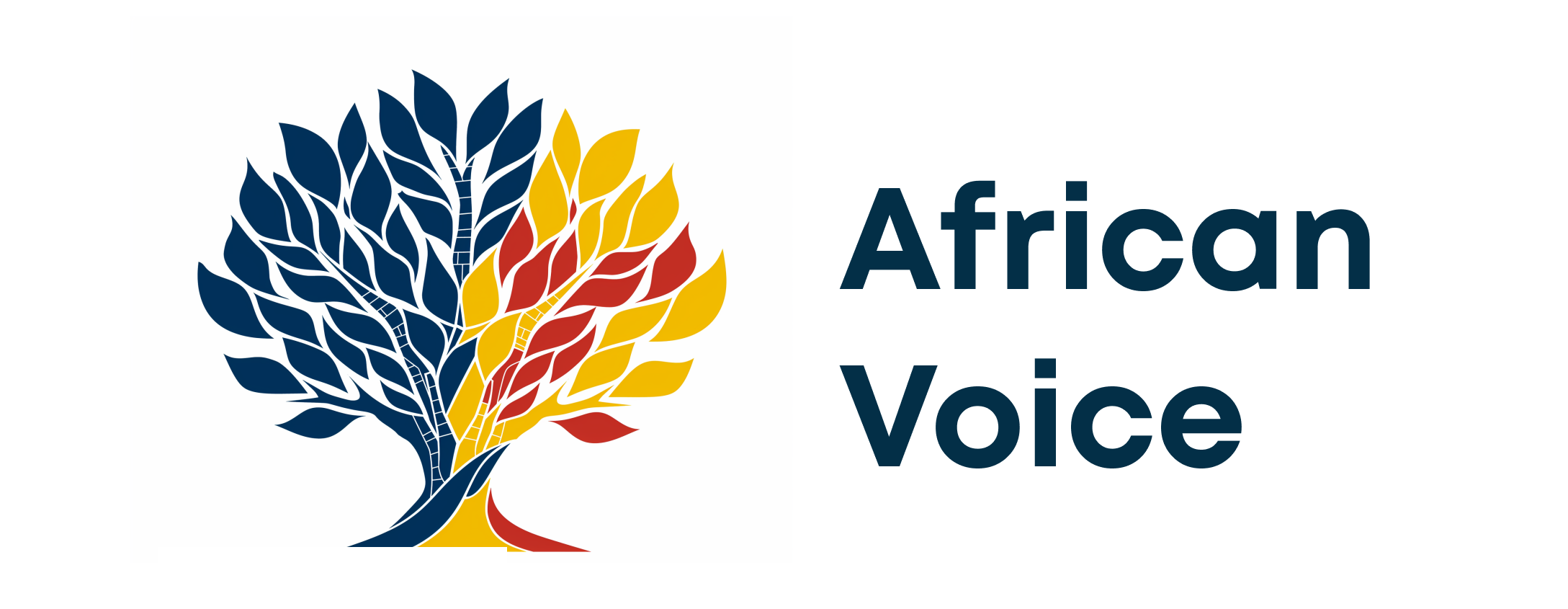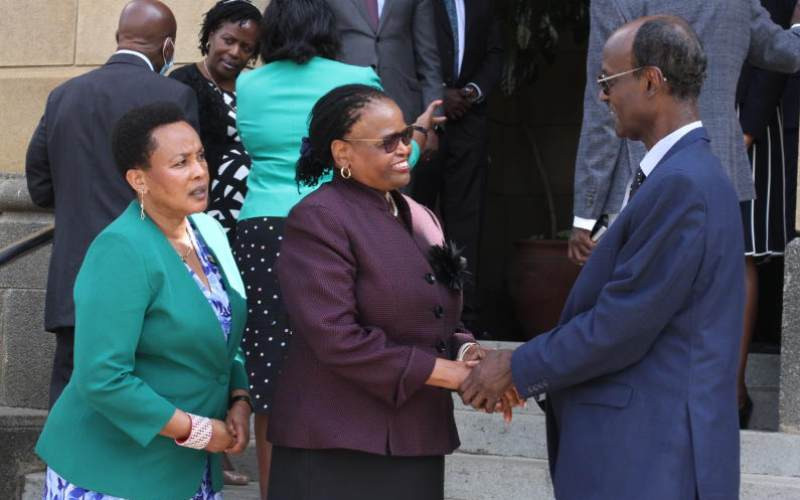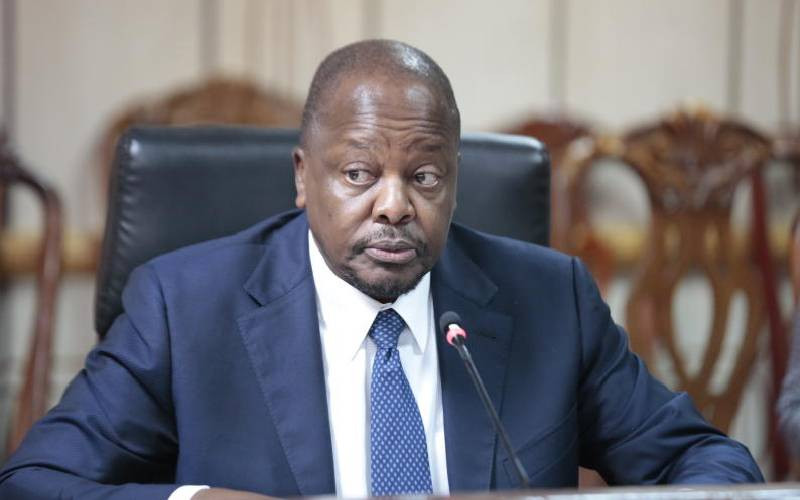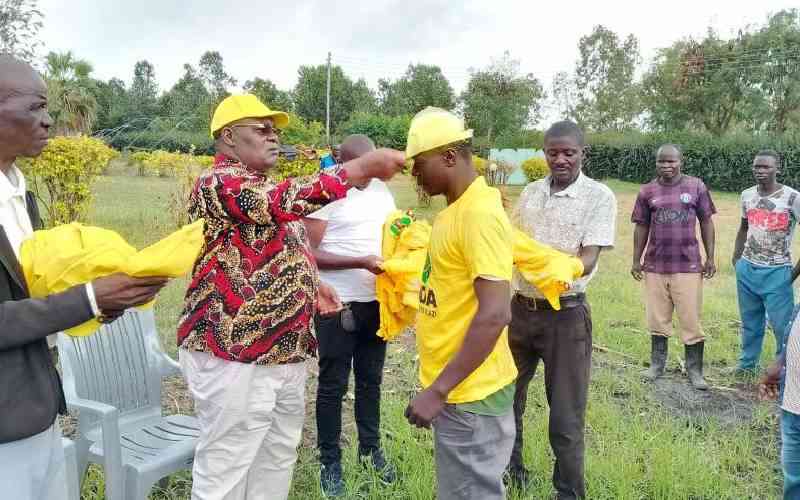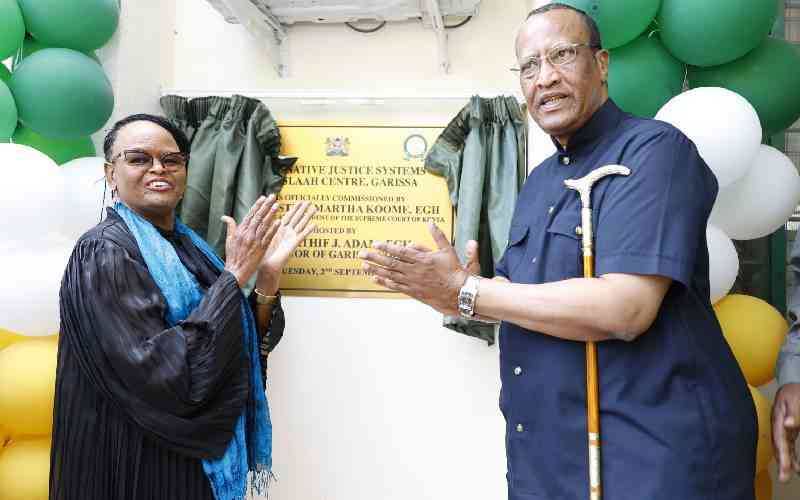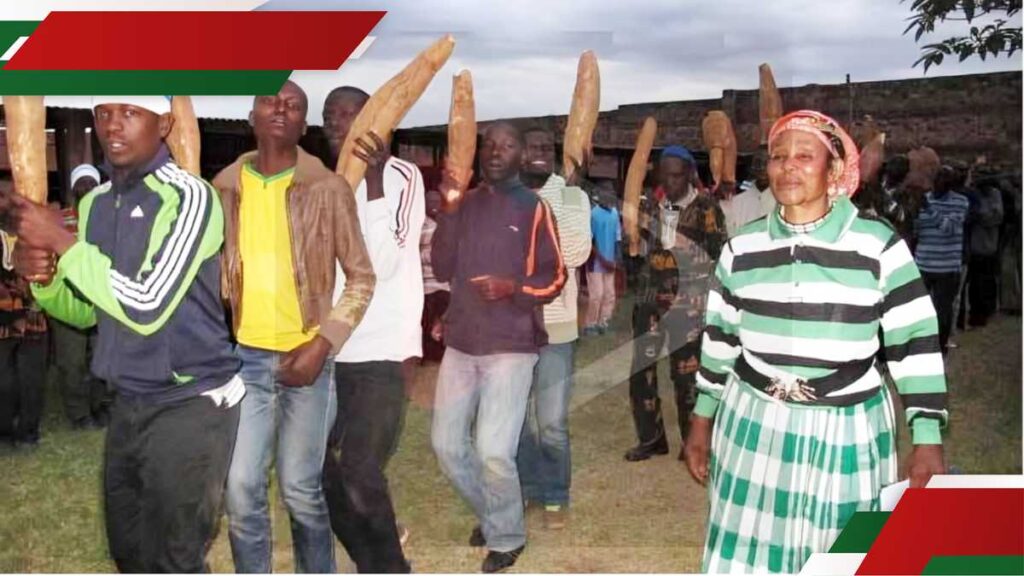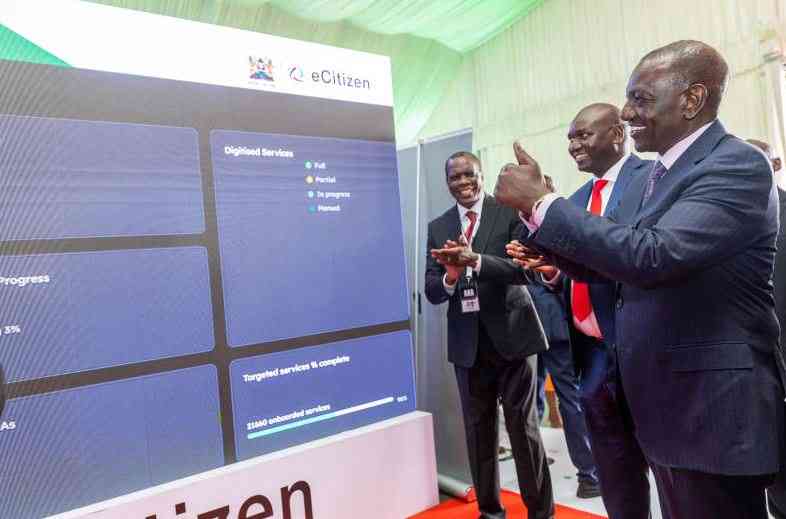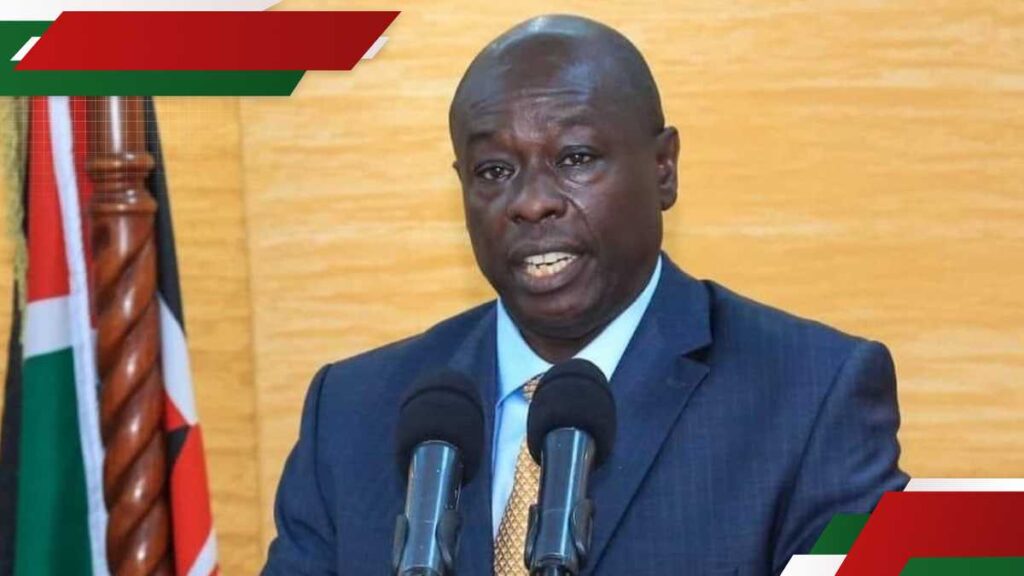The National Treasury has terminated the Sh337 billion High Grand Dam falls project in Tharaka Nithi County over failure to meet key regulatory requirements during the evaluation process.
In its project progress and status report, the Treasury approved the termination of the project on July 2 citing the feasibility concerns.
The project was first approved to progress to a feasibility study in May 2023.
Upon review of the project development report, which was submitted for approval, the Treasury concluded that the project failed to meet key requirements.
“An evaluation of the report determined and concluded that the Project Development Report did not meet a number of key requirements,” read the report in part.
“On 2nd July 2025, the termination of the project was approved in accordance with Section 43(11)(c) of the PPP Act,” the Treasury noted in its projects progress and status report.
However, the Treasury said that the project could be revived under revised terms through an open and competitive bidding process.
“The contracting authority may, however, consider subjecting the project to an open competitive tender,” it noted.
The High Grand Falls is a 1000 MW hydro power project. It was planned on the Tana River in Tharaka-Nithi and was intended to generate hydropower and provide irrigation water.
Earlier, environmentalists had called on the national government and the project implementers to consider redesigning the multi-billion project.
The issues were raised after it was noted that the Environmental and Social Impact Assessment failed to address critical gaps in biodiversity protection and water demand assessments.
In a statement dated February 14, addressed to the office of the deputy president, National Assembly Departmental Committees, and Senate Committees, Nature Kenya stated that the current design of the dam is likely to lead to significant social and environmental impacts downstream.
Nature Kenya Director Paul Matiku noted that the project had failed to consider competing water needs for irrigation, Lamu Port, and downstream ecosystems and communities.
“Without appropriate mitigation measures, the impacts of the dam, particularly concerning regulated flood release, silt management, inter basin water transfers, and downstream economic and ecological requirements, will have serious human, ecological, and climatic consequences,” Dr Matiku noted.
Stay informed. Subscribe to our newsletter
Tana River and Lamu counties also adopted a water protocol to guide water management in a move to address the impact of upstream activities on downstream counties.
The two counties have written a joint position paper that articulates their water-related concerns. In their views, the Counties noted that they bear the biggest brunt of the unsustainable use and management of water resources within the River Tana watershed.
“Farms are drying up, fisheries are collapsing, and drinking water sources are under threat,” they said in the joint position paper.
